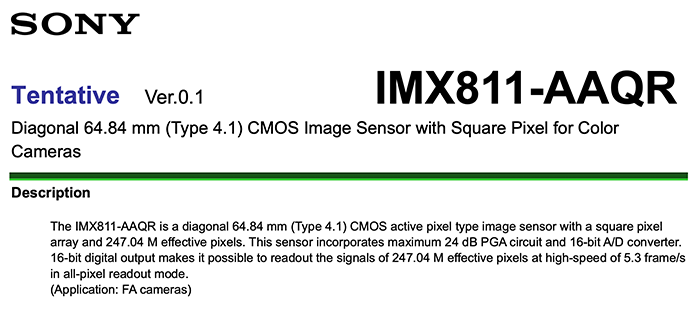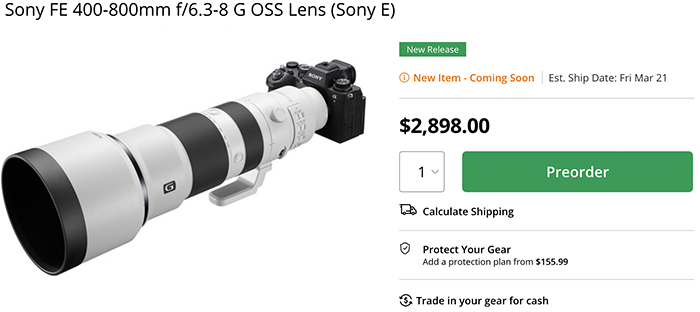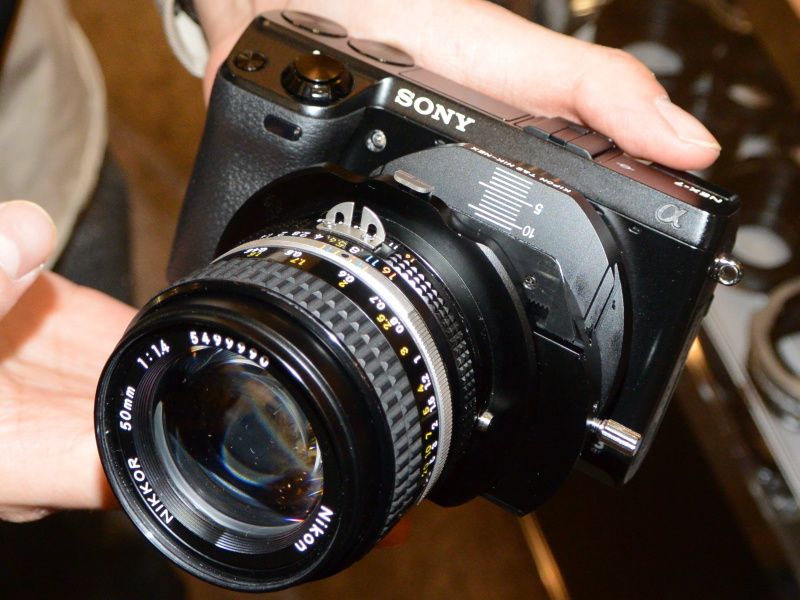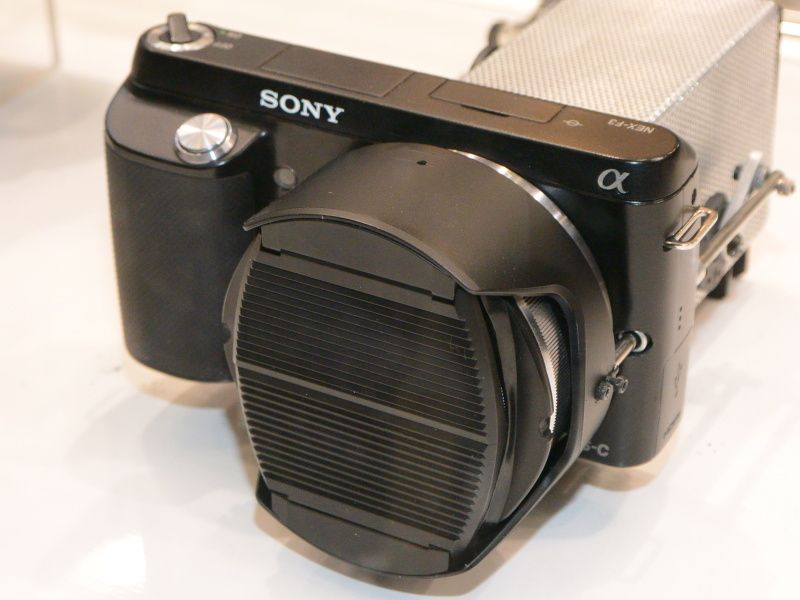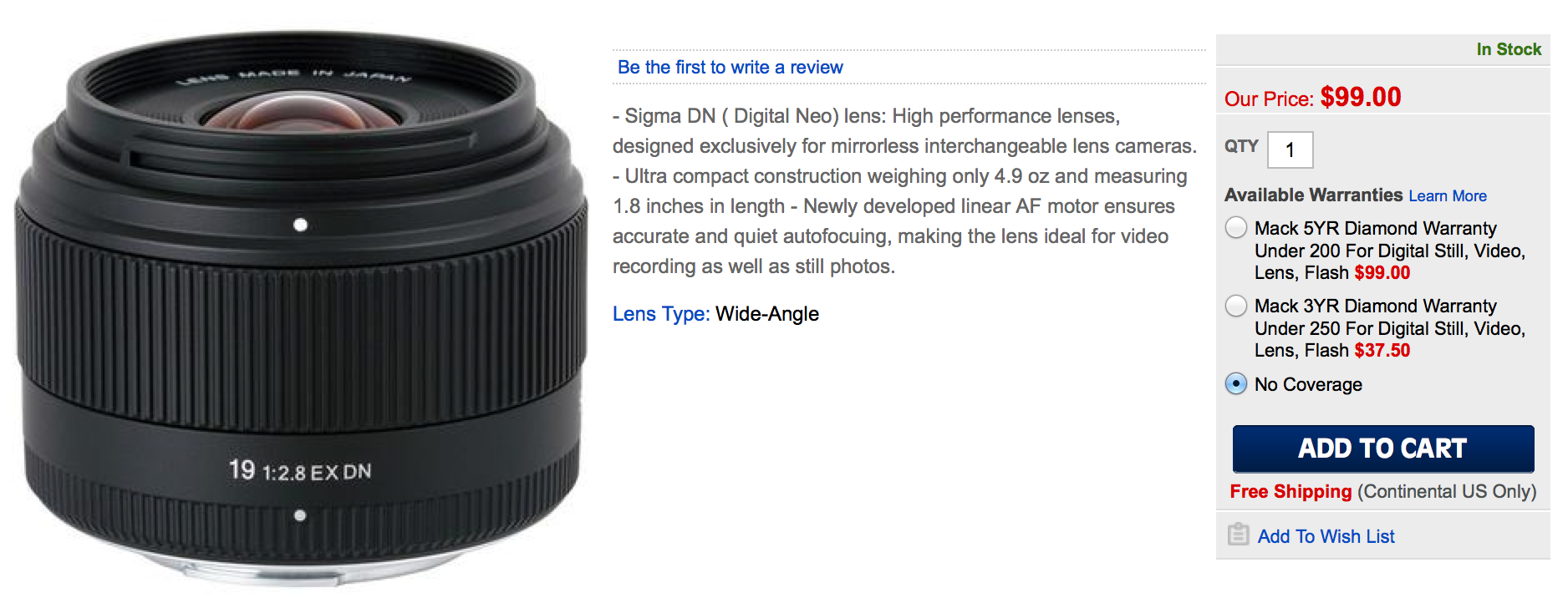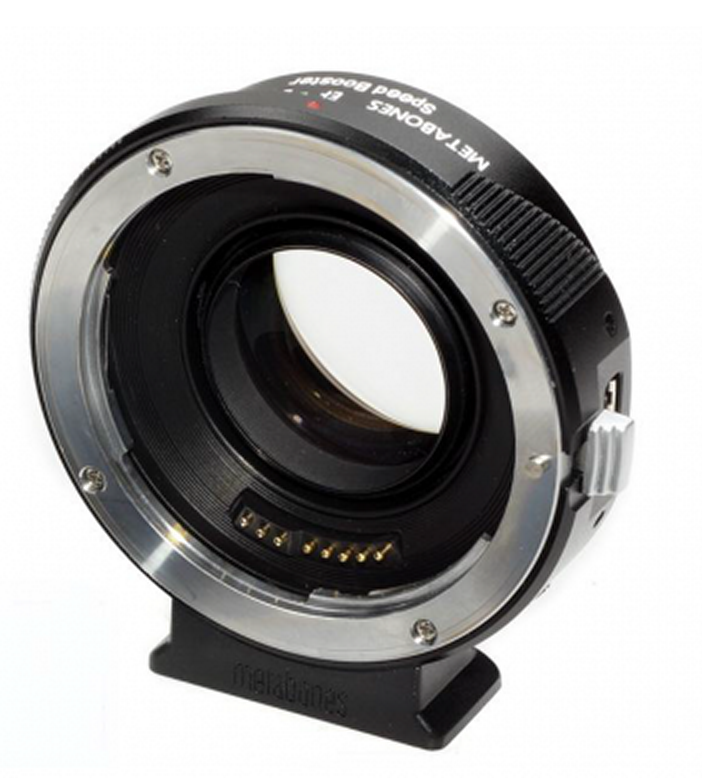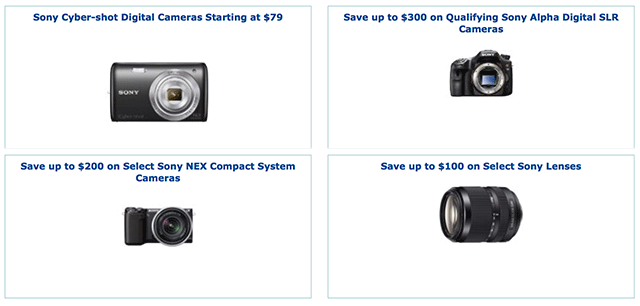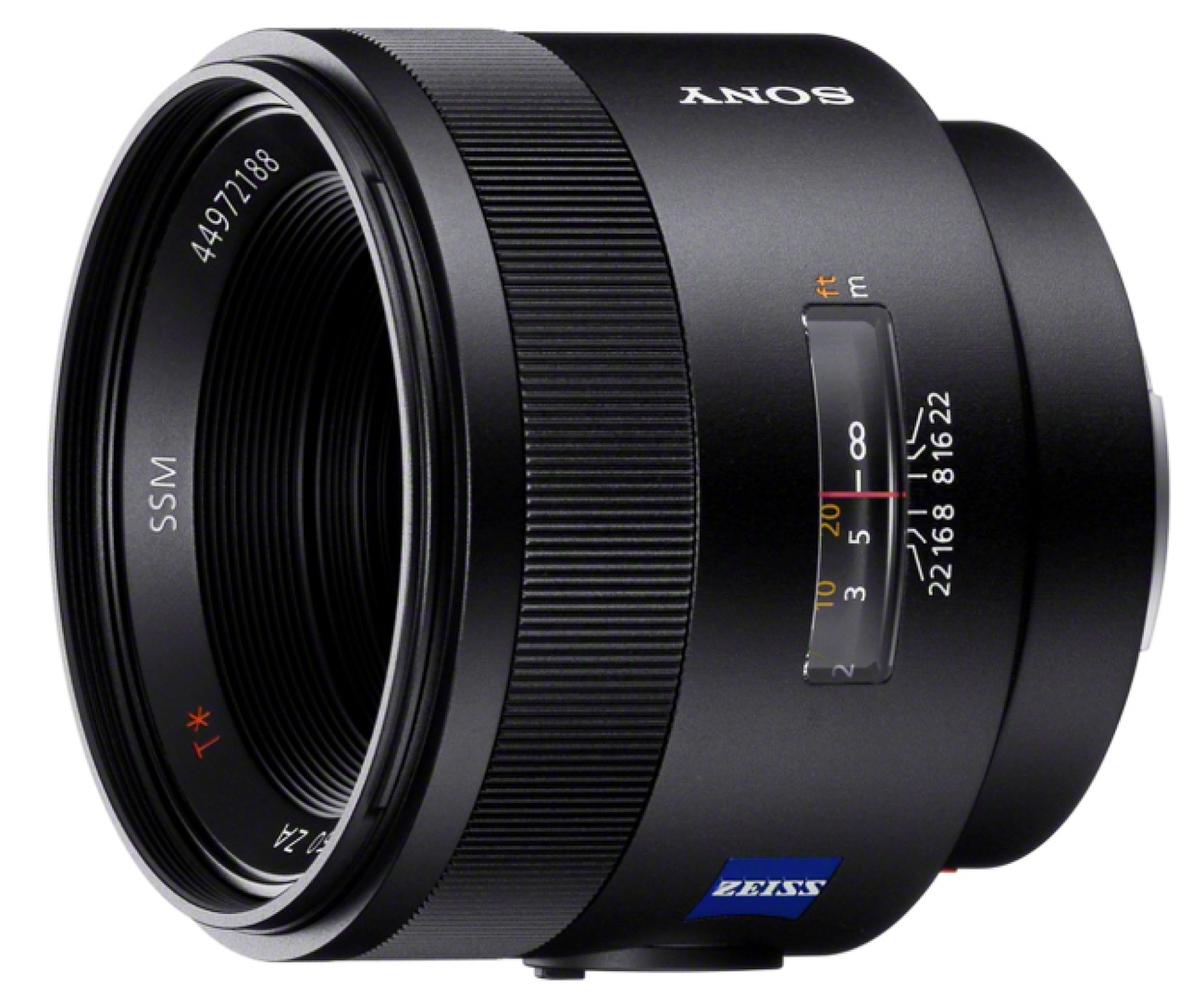Le Petit Paris from Enrique Pacheco on Vimeo.
I got a long list of SonyAlphaRumor readers work showcase. I divided them in two parts. Here is the first list. We may discover some talents here :)
Dadi: “thought you might like to take a look at some photos from a flight over South Icelands highland interior. I love the results from my Sony Nex5N. http://newhorizonsiceland.zenfolio.com/p725264738”
Vlad: “Hey Andrea, a while ago I stumbled upon a video of Gary Fong reviewing briefly the a77. Now I know that nowadays there’s quite a bit fuzz about the new a99 (which I should say looks just GREAT, although the 6fps kinda make me feel glad I got a77 instead and didn’t wait for the a99 to come out), but the a77 ain’t that old yet :)
Here is the video if you think the SAR fans as myself would enjoy it:
http://www.youtube.com/watch?v=imT31-hvmSU&feature=related“
Martin: “Ich habe gerade mit der Alpha 99 einen kleinen Videotest gemacht. Sony Alpha 99 Sony SAL-2875 2,8 / 28-75mm 50p AVCHDManuell Geschnitten in Premiere CS6
http://blog.martindoersch.at/2013/01/eisenbahnbrucke/”
Anonymous: “The following promo is produced for the german(cologne) based musician Josha Wittshell, it is entirely shot on the Sony NEX-6 and therefore or hopefully interesting for your site to demonstrate, what this little systemcamera is capable of. https://vimeo.com/51980444 this talented musician definately needs some support! Please be so nice and share the video with a thumbnail, so that it maybe gets it deserved attention.”
Steven: “If you are having a slow day, and are featuring galleries by readers shot on Sonys, then you may want to post my photos of Greece shot with the combination of a NEX-5N and M lenses: Voigtlander 12mm; Leica Tri-Elmar 16-18-21; Zeiss Biogon 35mm f/2; Leica Summilux APO 50mm f/1.4; Leica Elmar macro 90mm f/4; Leica APO-telyt 135mm f/3.4. It’s proof that these lenses work splendidly, with no vignetting or magenta corners, on the NEX-5N. I’ve had similar luck with the NEX-6.
http://www.stevepinker.com/Europe/Greece/27138897_QrPTLc”
Ivan: “I read your site religiously every night before going to sleep. Keep up the great work!
I wanted to share with you a underwater picture taken with my a99. Its of a freshwater Amazon river dolphin and is probably the first underwater picture taken with a a99.
I used a ewa-marine case (bag).
I placed it as my facebook cover but can be seen in picassa with a better quality! I also attached it.
http://www.facebook.com/mikoljiwebsite
https://picasaweb.google.com/lh/photo/LB6g8wUw8ITXgNMlwkdOjdMTjNZETYmyPJy0liipFm0?feat=directlink
I’m currently shooting raw video footage for a Nat geo TV show using my nex7!”
Peter: “SONY NEX-5N + 18-135mm SONY http://www.youtube.com/watch?v=aaxXCmdvI68 yesterday video from my home town.”
Kidsimple: “Hi, I’d like to submit for your consideration a short film I recently shot on the Sony RX100 for a nightclub promotions company:
http://www.youtube.com/watch?v=MfHaLP1QQtU
I’ve been using this camera extensively for video. I think it’s a game changer for documentary minimalist shooting. I’ve blogged about it quite a bit at my blog, www.rungunshoot.com.
Thanks for all the rumors that led to my purchase of this amazing little camera!”
Travelshots: “Benny Rebel, who is a professional wildlife photographer, has compiled a video of his recent Africa trips that was mainly recorded with an A77. Just click on the video on this website:
http://www.benny-rebel.de/foto-abenteuer-safari/fotoreisen-video.htm
For best quality, switch the player to 720p (patience for loading required).
His website also contains tons of great photos:
http://www.benny-rebel.de/en/pictures.html
By the way, I noticed that a 45 min. documentation about his trip to Iran “Wilder Iran” that was recently shown on prime time on Germany’s largest TV station is avilable on youtube:
http://www.youtube.com/watch?v=PmM5wkQiK1s”
Andrew: “another a99 video https://vimeo.com/56360291”
Joe: “I am almost finished with my final A99-A900-A77 test, and I will be reviewing the legendary Minolta 200mm HS APO G lens next week. If you’re hurting for content for the Sony Tidbits section, feel free to link me. http://stealthmodephoto.wordpress.com/”
Mictian: “We are photo\video company in Ukraine. We use only Sony equipment. https://vimeo.com/58016102”
Troy: “Shot with Sony A99 in Hollywood, CA. Behind the scenes of Iron Man 3!!! http://www.youtube.com/watch?v=UbfGGSHN3YU“
Gerald: “Hi! I’m an avid reader of your site! Me and my fiance are about to get married. We are wedding videographers. So we decided to do our first DIY project of shooting our own Save the Date video by ourselves!:D Using our newly arrived Sony A99 with Carl Zeis 85 F1.4. Hope you may share it…it will be an awesome wedding gift for our Sony Alpha users group in the philippines. https://vimeo.com/58077446”
Peter: “i am wedding photographer in Slovakia and this is my excerpt of best photowork for year 2012 with sony a77 – wedding book http://svadobny-fotograf.info/svadobna-fotokniha-2012.html sony a77 is a very good camera but now i own the a99 and this camera really shines. is sooooo much better in every aspekt :)“
